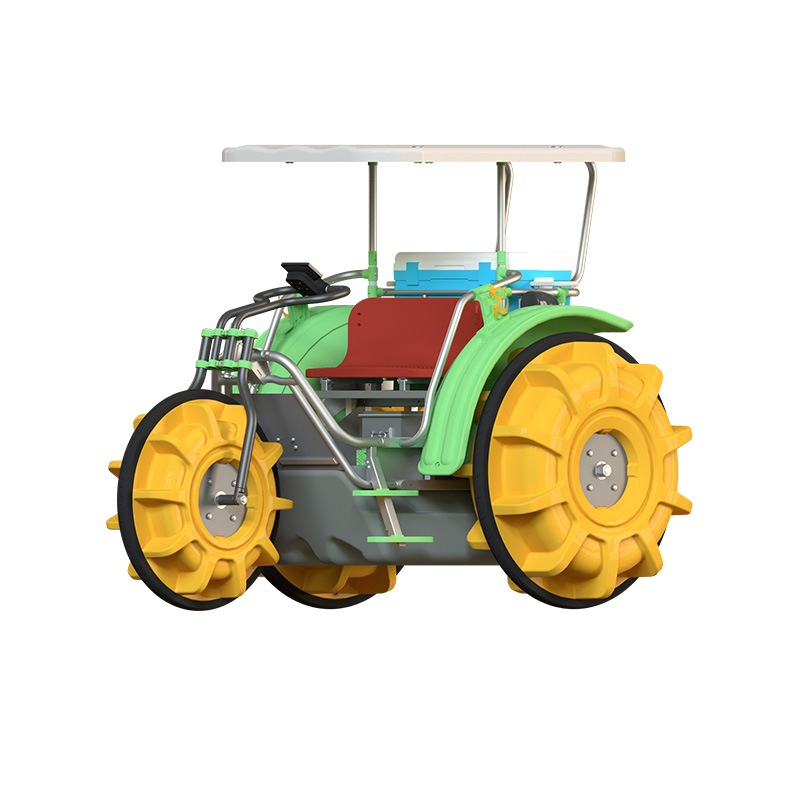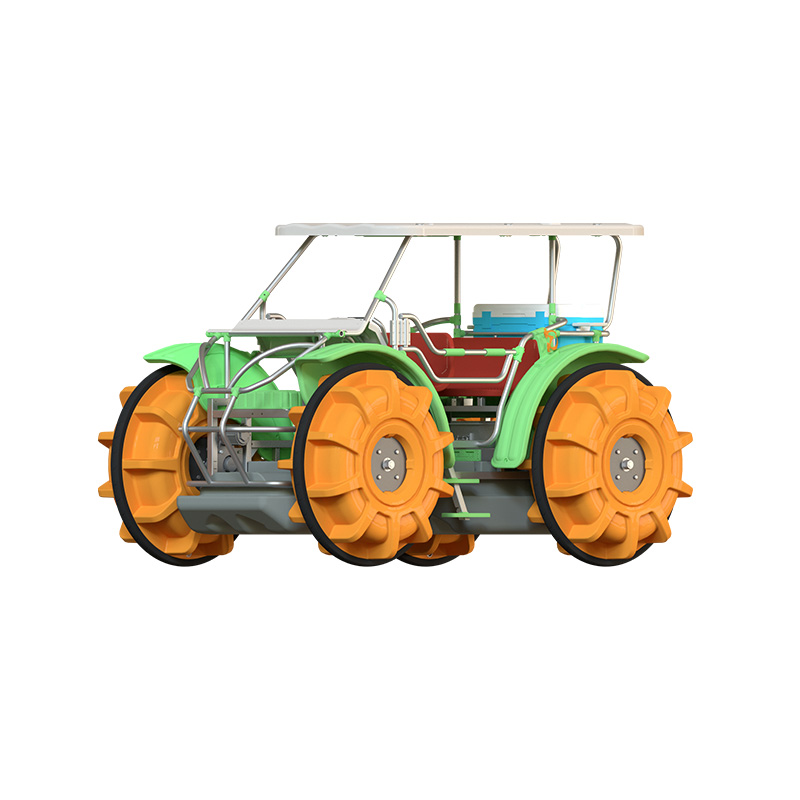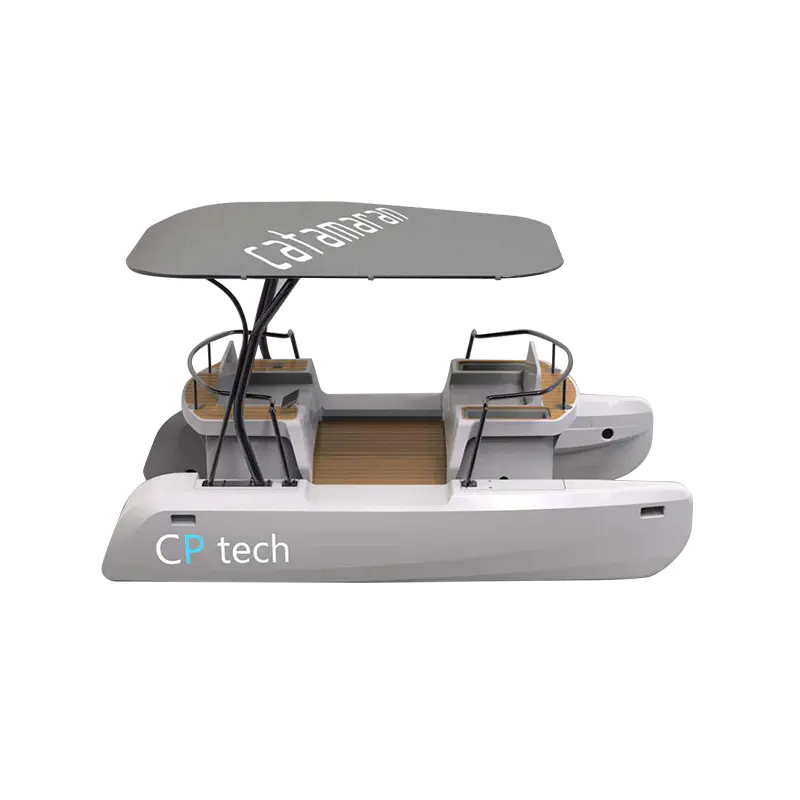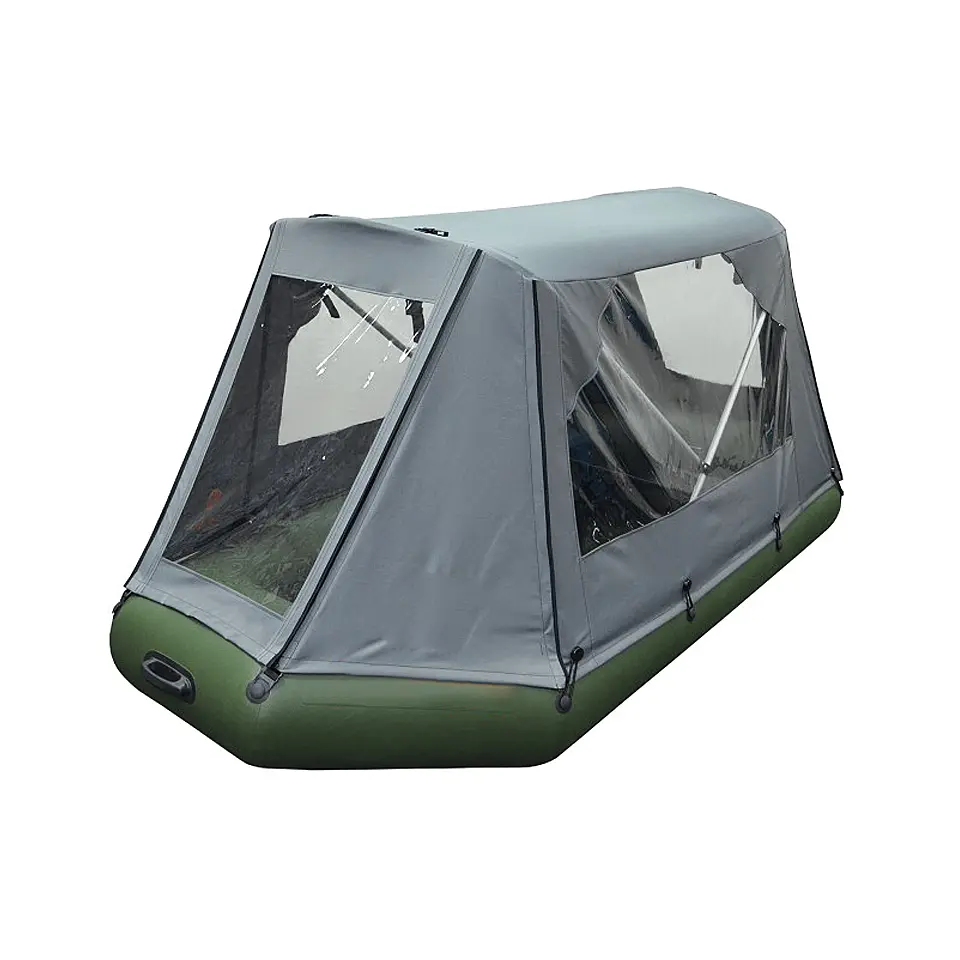How to Choose a Small All-Terrain Vehicle
2025-04-18
Choosing a small all-terrain vehicle (ATV) is an important decision that requires careful consideration of several factors, from the vehicle's price to its features and overall performance. Small ATVs are widely used for recreational purposes, utility tasks, and even in certain military and industrial settings. With the increasing popularity of these versatile vehicles, many buyers are faced with a wide range of options.
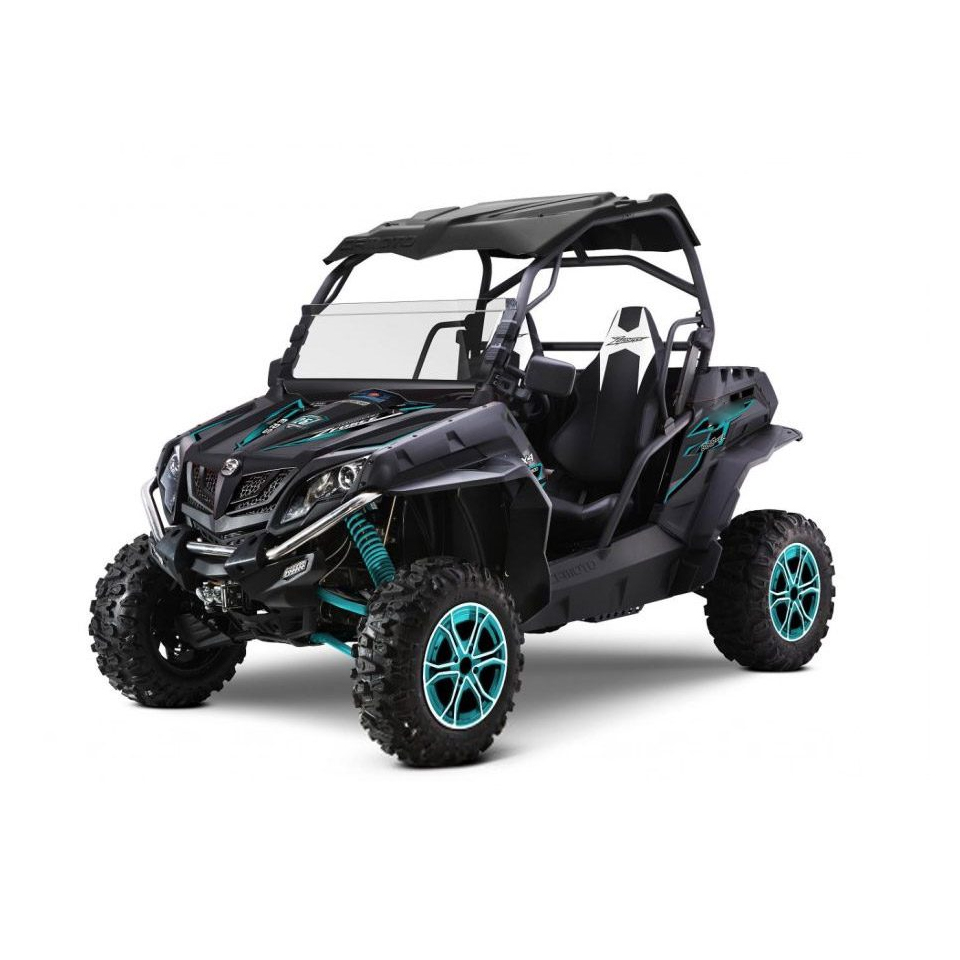
The step in choosing a small all-terrain vehicle is to assess the specific use you have in mind. Are you looking for an ATV to use for recreational purposes, such as off-roading, racing, or trail riding? Or do you need one for utility work, such as farming, hunting, or carrying loads? Small all-terrain vehicles are designed for a wide range of purposes, and choosing the right one will depend on your primary needs.
If you intend to use the ATV for light recreation or general off-roading, then a basic small all-terrain vehicle with simple features and modest power output may suffice. For heavier-duty tasks like carrying cargo or towing, you may need a more robust ATV with higher payload capacity, better suspension, and greater towing capabilities. It's essential to consider these aspects, as the small all-terrain vehicle price can vary significantly depending on the intended use.
The small all-terrain vehicle price is one of the important factors to consider when making your choice. Prices for small ATVs can range from a few thousand dollars to significantly higher amounts, depending on the features, brand, and specifications of the vehicle. Generally, smaller and more basic ATVs tend to be more affordable, with prices starting around $2,000 to $5,000. However, more advanced models with powerful engines, enhanced suspension systems, and high-end accessories can push the price well beyond $10,000.
It's important to strike a balance between your budget and the features that matter to you. If you only need a small all-terrain vehicle for occasional use, opting for a more affordable model may be the choice. However, if you plan to use the ATV more frequently or for heavy-duty tasks, it may be worth investing in a higher-priced model with more advanced features.
Also, consider the long-term costs of ownership, such as maintenance, repairs, and fuel efficiency. Even if the upfront small all-terrain vehicle price is lower, the long-term maintenance and operating costs might add up. Therefore, it's wise to factor in these costs when evaluating your budget.
The engine power of the small all-terrain vehicle is a critical component that directly affects its performance, particularly when navigating rough terrain or carrying heavy loads. Small ATVs typically come with engines ranging from 50cc to 500cc, with higher engine capacities providing more power and capability. Smaller engines are better suited for beginners or recreational riders, while larger engines are more appropriate for experienced riders or those who need to perform more demanding tasks.
When evaluating engine size, consider factors like torque, top speed, and acceleration. If you are using the ATV primarily for trail riding or leisure purposes, a smaller engine may suffice. However, if you need the ATV for carrying heavy loads or working in more challenging environments, you may need a more powerful engine to ensure performance. Keep in mind that the small all-terrain vehicle price generally increases with larger engines.
The size and weight of the small all-terrain vehicle can significantly impact its maneuverability and stability. Small ATVs are typically lighter and more compact, making them easier to handle, especially for beginners or those who plan to use the vehicle in tight spaces or narrow trails. A lightweight ATV is also typically more fuel-efficient and easier to transport.
On the other hand, heavier ATVs tend to offer better stability, especially when dealing with rough terrain or carrying heavy loads. However, they may not be as agile or easy to handle in challenging conditions. The small all-terrain vehicle price may vary depending on the vehicle's size and weight, with larger, heavier models often costing more.

 English
English  русский
русский  عربى
عربى 
